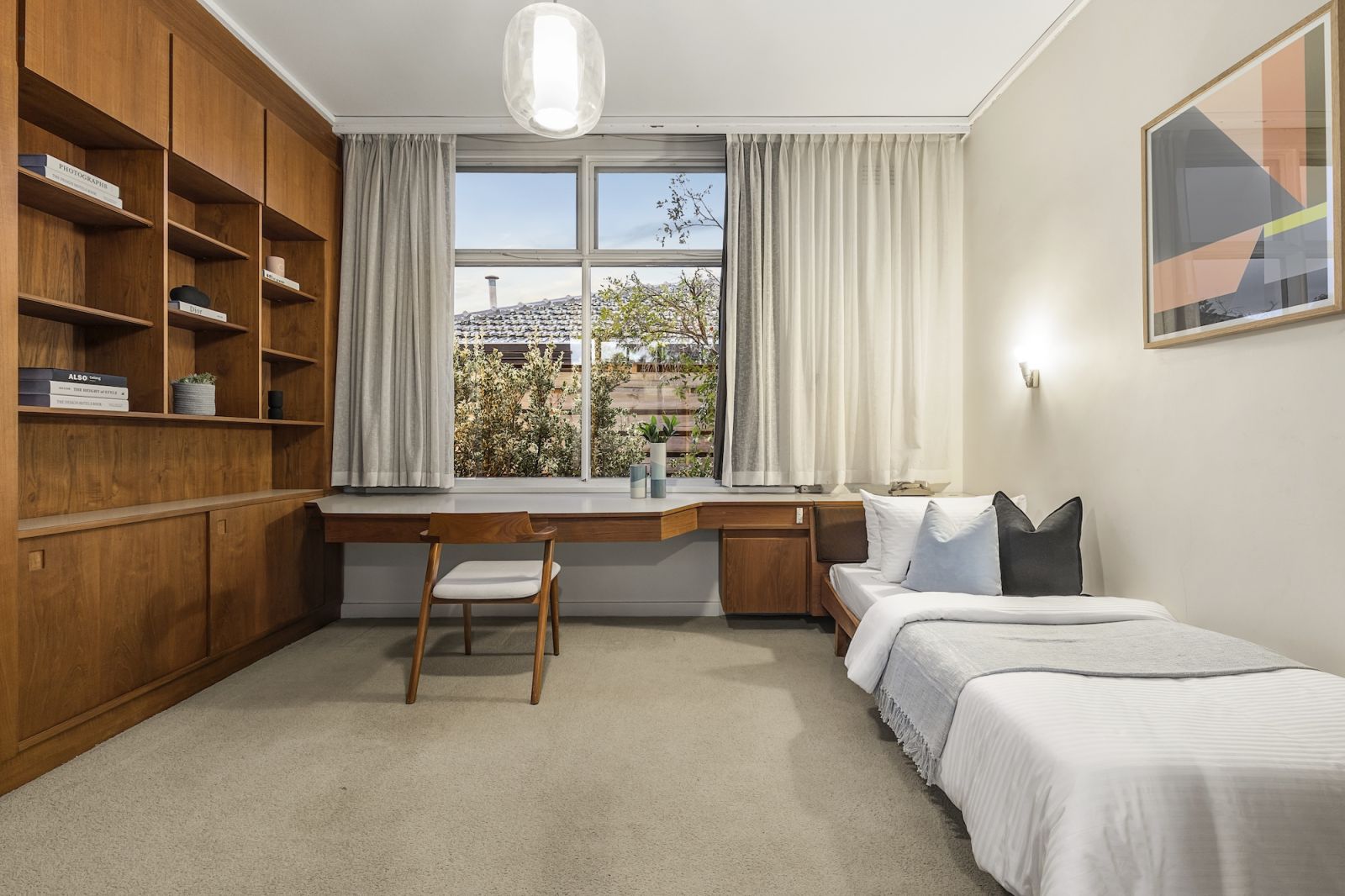Form and vision: The legacy of Ernest Fooks in Caulfield’s mid-century marvels
Many know the name, but all know the legacy. Ernest Fooks quietly transformed Melbourne’s architectural landscape – one stunning home at a time. Today, his fingerprint lives on in several extraordinary properties we’ve proudly brought to market. We sat down with our Co-founder and Director Phillip Kingston to explore how Fooks’ design legacy continues to shape homes across Melbourne’s southeast.
The human behind the modernism
Born in Slovakia in 1906, Ernest Fuchs (later anglicised to Fooks) was trained in the intellectual and artistic hotbed of 1930s Vienna.
Fleeing Nazi persecution, he arrived in Australia in 1939 with his wife, the artist and writer Noemi Fooks. But, as Phillip tells us, Ernest brought more than his European credentials. He brought a deeply human approach to architecture.
‘He just intuitively seemed to understand what a human needed to be joyous in a home,’ Phillip reflects. ‘It was more artistry than it was architecture.’
Fooks’ designs embraced natural light, graceful proportions and a flow that felt both practical and poetic. At a time when many homes still clung to traditional ornamentation, his work stood apart. Restrained, refined and elegantly functional.
‘Before the rise of architects like Fooks, homes tried to hide from the harsh Australian sunshine,’ Phillip explains. ‘These post-war architects came here with nothing to lose and everything to gain. They were the first to say Australian life was something to celebrate, not hide from.’
Unlike earlier eras that favoured heavy drapery and small windows, Fooks’ homes invited light inside, blurring the line between indoors and outdoors.
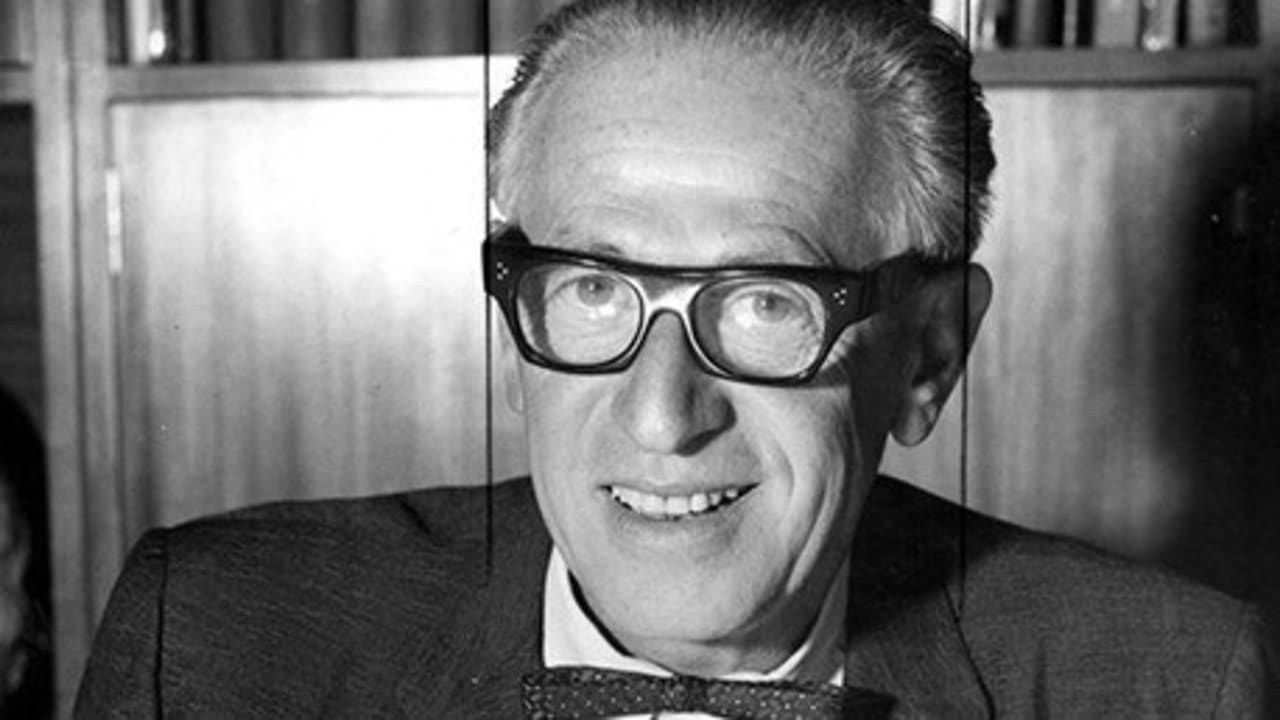
Phillip’s personal encounter
Phillip’s connection to Fooks goes beyond mere admiration. One phone call decades ago became a career-long highlight for him.
‘I got a call from Mrs Fooks one day, and she asked if I’d like to come have a look at her house,’ Phillip remembers. ‘I couldn’t have jumped in the car quickly enough.’
The visit to 32 Howitt Road left a lasting impression.
‘Walking into that house was extraordinary. It was one of the most beautiful homes I’d ever seen,’ Phillip shares. ‘It’s quite a small house on a very large block in Caulfield North’s number one street.’
Yet, despite the artistry, Phillip had to share an uncomfortable truth.
‘I told Mrs Fooks that because the house was small and the block was large, the value was really in the land – not the building – making it a tempting target for redevelopment,’ he says. ‘I’ll never forget it. You could just see the colour drain from her face.’
Soon after, Mrs Fooks took a surprising step.
‘She went to the historic buildings council and had her home listed on the heritage register – something few people do, since it lowers a property’s value,’ Phillip explains. ‘But that’s how much heart the Fooks family had for these homes.’
And ever since, we’ve poured that same passion into every Fooks property we’ve had the honour of representing.
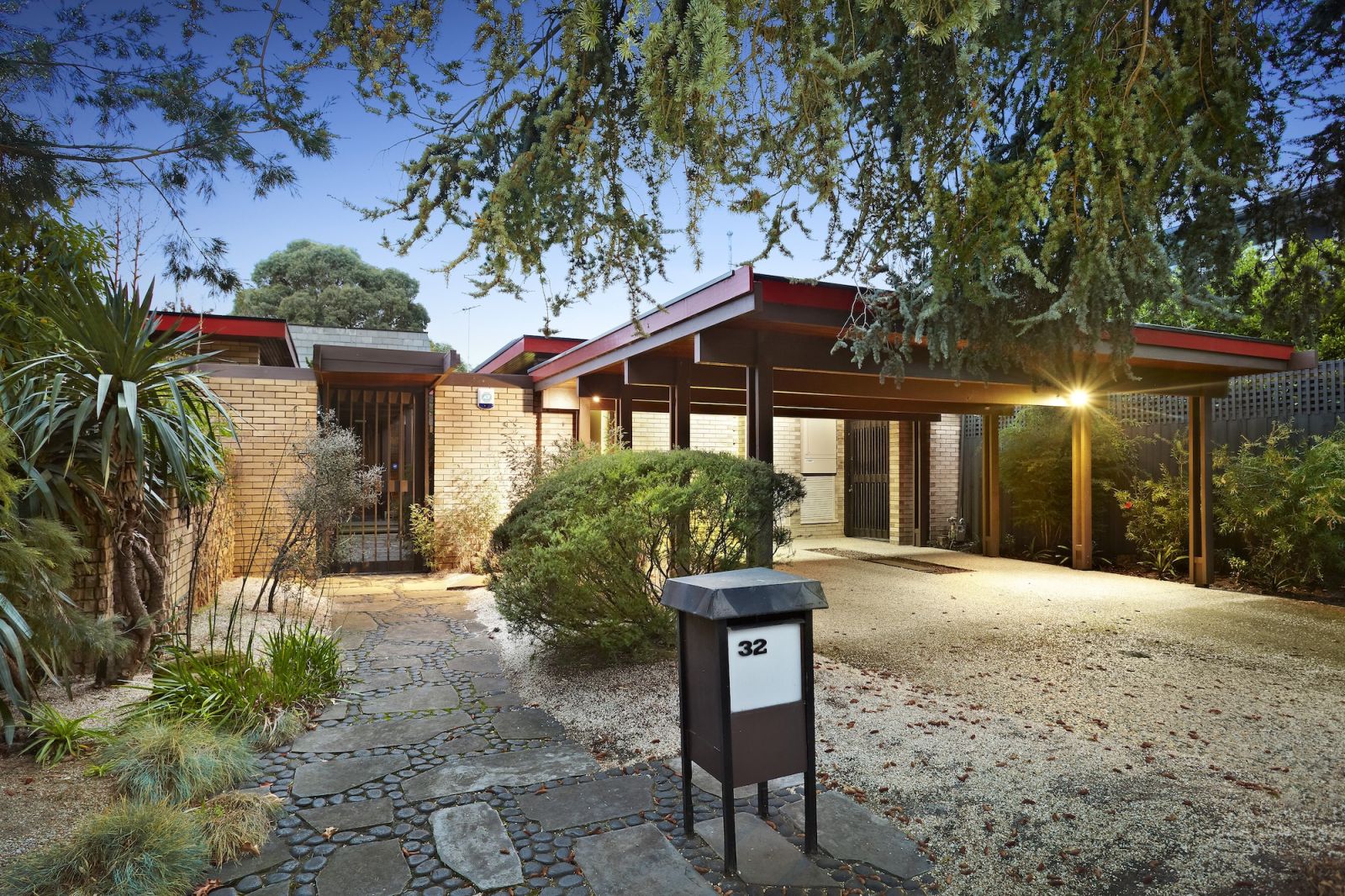
32 Howitt Road, Caulfield North
One of the first Fooks homes Gary Peer had the pleasure of selling was none other than the former residence of Ernest and Noemi themselves.
With sweeping horizontal lines and floor-to-ceiling windows, it feels unmistakably modern – yet warmly familiar. Inside, the spatial choreography flows effortlessly. Rooms unfold with natural rhythm. And from the street, the low-slung profile gives it a quiet confidence. Never ostentatious, just assured.
‘We’ve sold that home twice,’ says Phillip. ‘The first time was to a lover of architecture who didn’t plan to buy but fell in love with the place.
‘The second sale was to another creative who adored the home’s aesthetic,’ he continues. ‘So it’s safe to say, both buyers truly saw what was so incredible about it.’
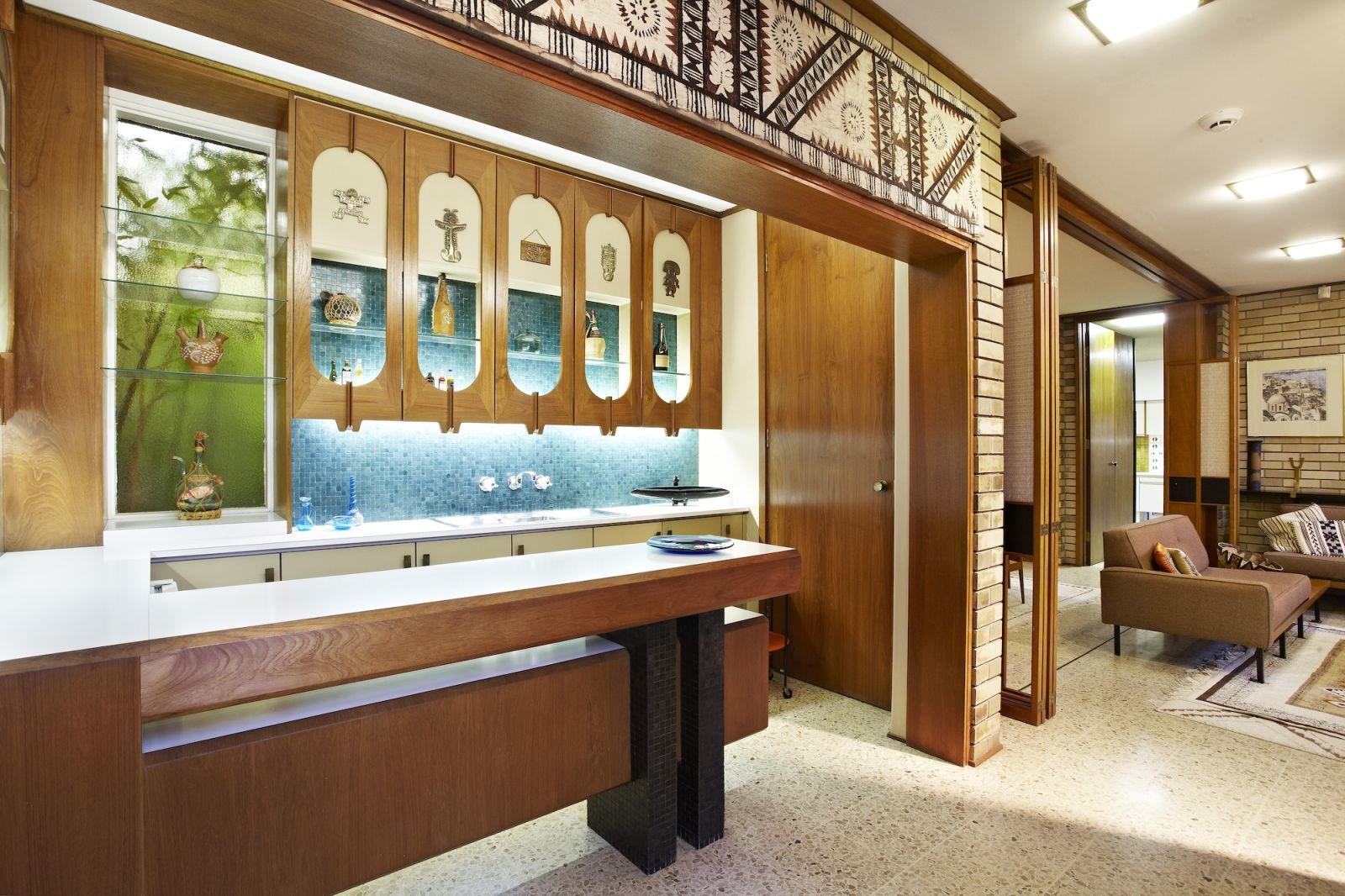
208 Kooyong Road, Caulfield North
Post-war optimism meets architectural grace at 208 Kooyong Road.
Floating staircases and thoughtfully zoned living spaces showcase Fooks’ playful geometry – without ever feeling gimmicky. Timber panelling adds warmth, while terrazzo floors ground the airy structure.
It’s a house that makes daily life not just easier, but better.
‘The buyer had a technical background and worked in kitchens,’ Phillip shares. ‘He understood form, style and how intricate the joinery was. He was the perfect person to appreciate and restore what was there.’
But this buyer didn’t work alone. He called in the help of Lani Fixler, a fabulous local architect.
‘I’m a big admirer of Ernest’s work, and I could immediately see that this was his design,’ Lani says of the property. ‘There was a lot to live up to. But I believe we did a good job of honouring his work while making it more contemporary.’
And Phillip agrees.
‘I think Ernest Fooks would be really proud of what was done to that home,’ he says.
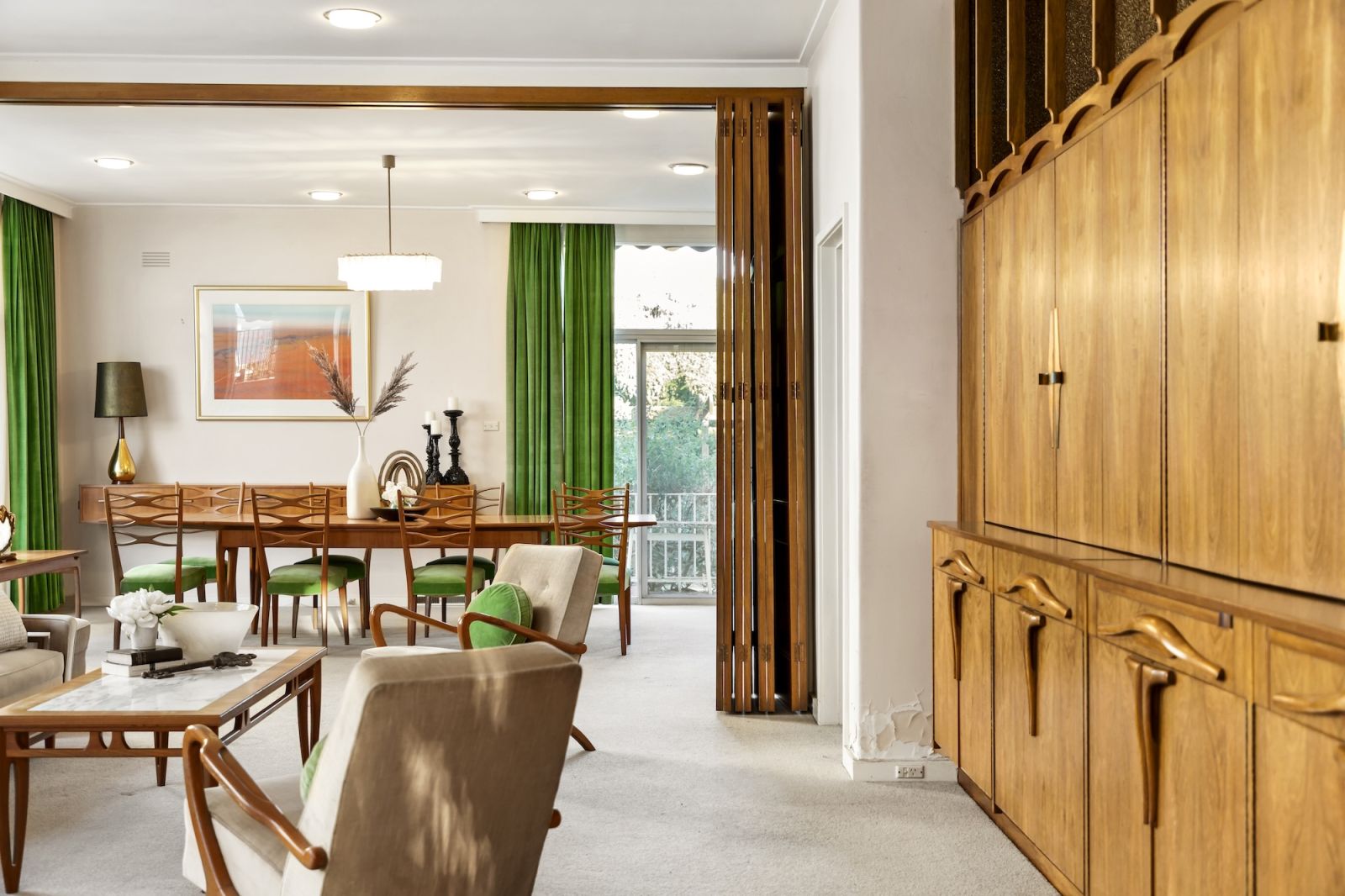
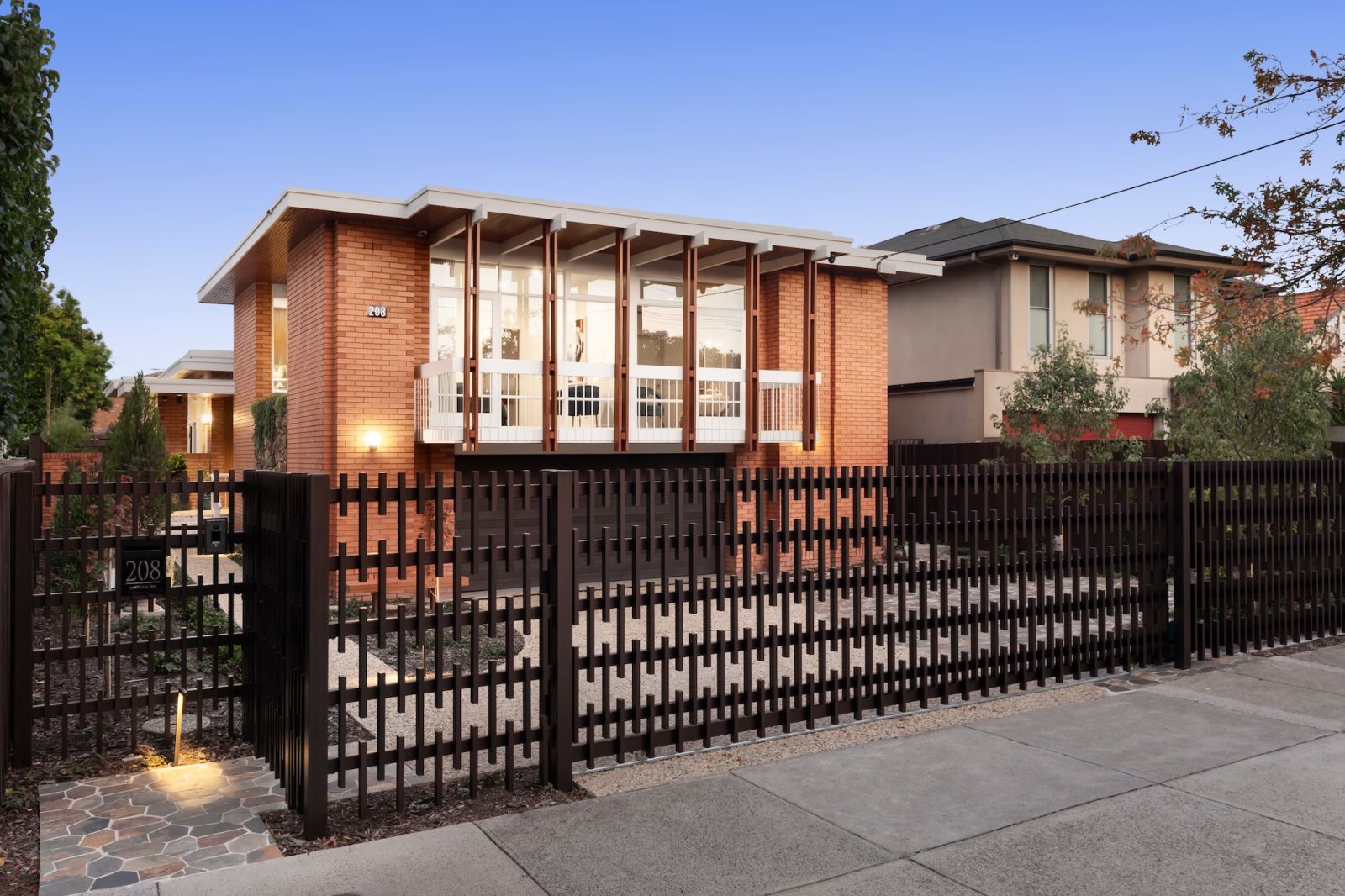
49 Lumeah Road, Caulfield North
Lumeah Road may be one of the most elegant expressions of Fooks’ design ethos. Behind its modest façade lies soaring volumes, curved walls and softly glowing timber.
‘Lumeah Road is probably one of my favourite properties of all time,’ smiles Phillip. ‘Some of the existing interior work there is just beautiful.’
Like Howitt Road, it sat on a generously sized parcel of land – the kind developers often circle. But in the end, it found the right custodians. The kind Fooks would have hoped for.
‘At auction, several people planned to demolish it,’ Phillip remembers. ‘But we managed to sell it to a lovely couple who truly appreciated mid-century architecture.
‘Then, they brought in Ilana Kister, an incredibly talented young architect who loves mid-century homes. And together, they’ve undertaken the most extraordinary renovation.’
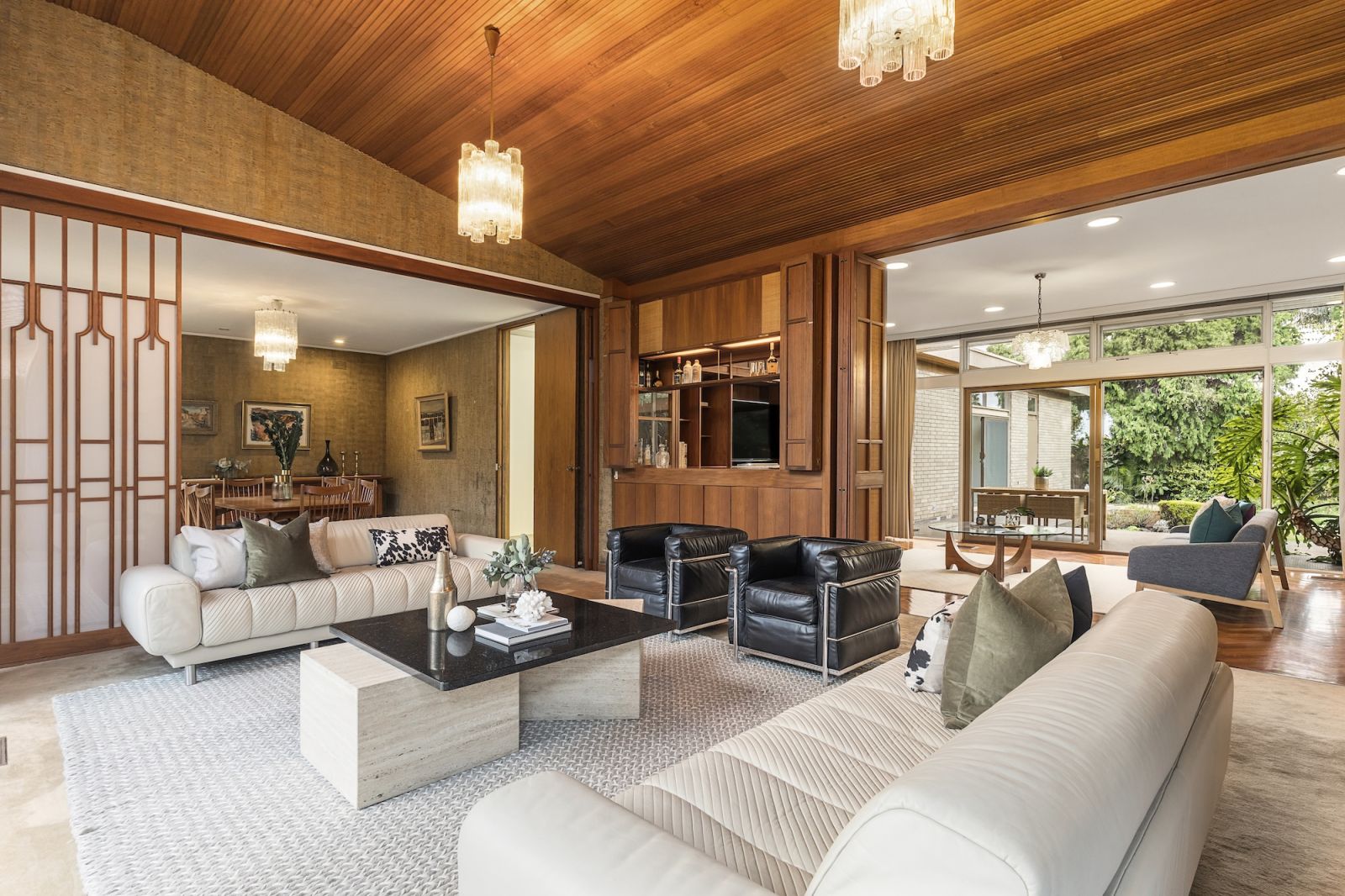
3 Craddock Avenue, Caulfield North
Craddock Avenue reveals a bolder side of Fooks’ work – a slightly more brutalist feel with solid geometry and confident materials. Yet the interiors remain warm and liveable.
‘I think this was one of his later homes, maybe late 60s or early 70s,’ Phillip explains. ‘It’s more brutal than his earlier work, but softened with fine timber details. The young couple who bought it treated themselves as custodians rather than just owners.’
And even decades on, buyers continue to fall under Fooks’ spell.
‘We’ve since resold it to someone else who also fell in love with it,’ says Phillip. ‘Everybody just loves Fooks’ work.’
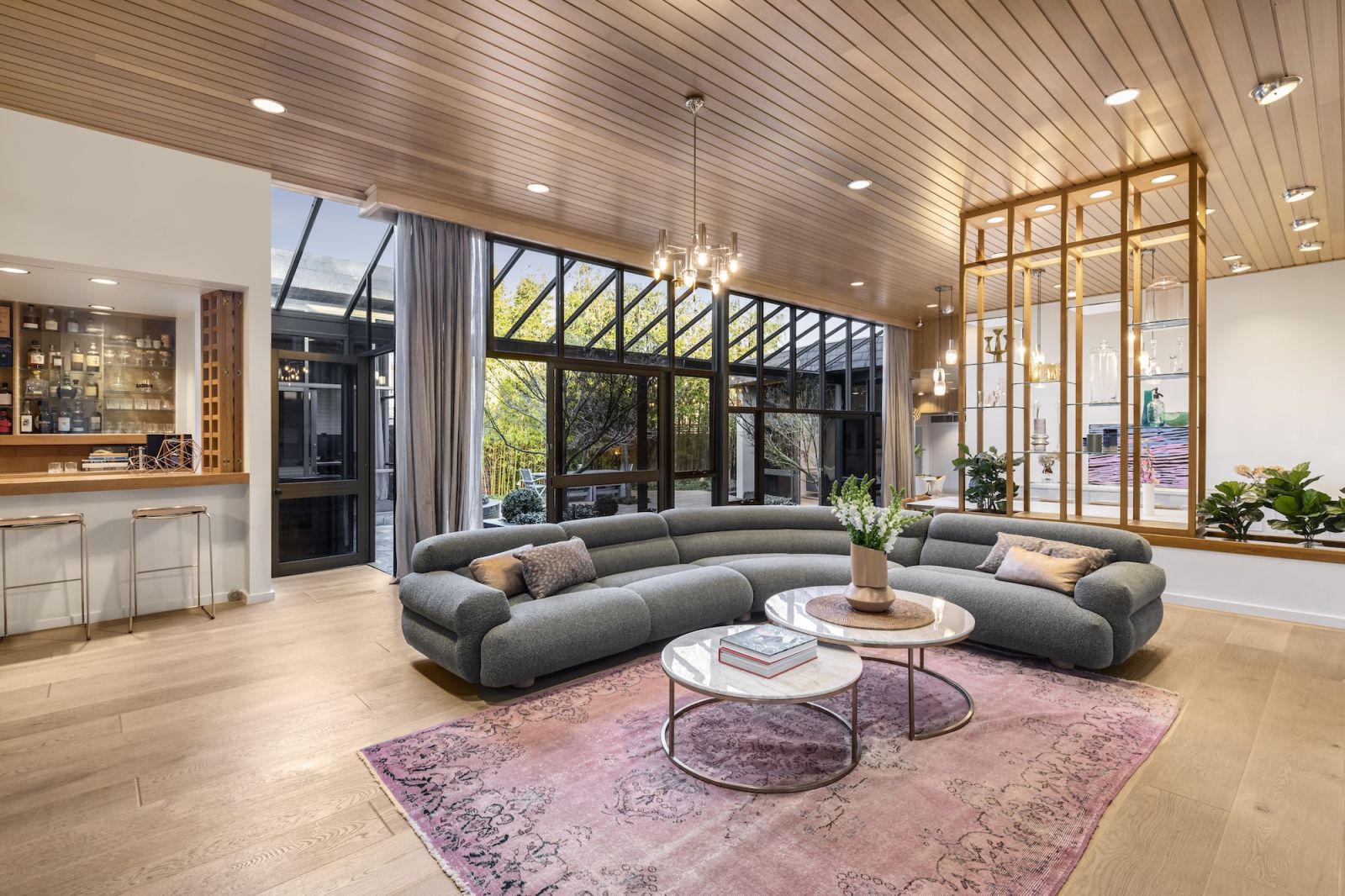
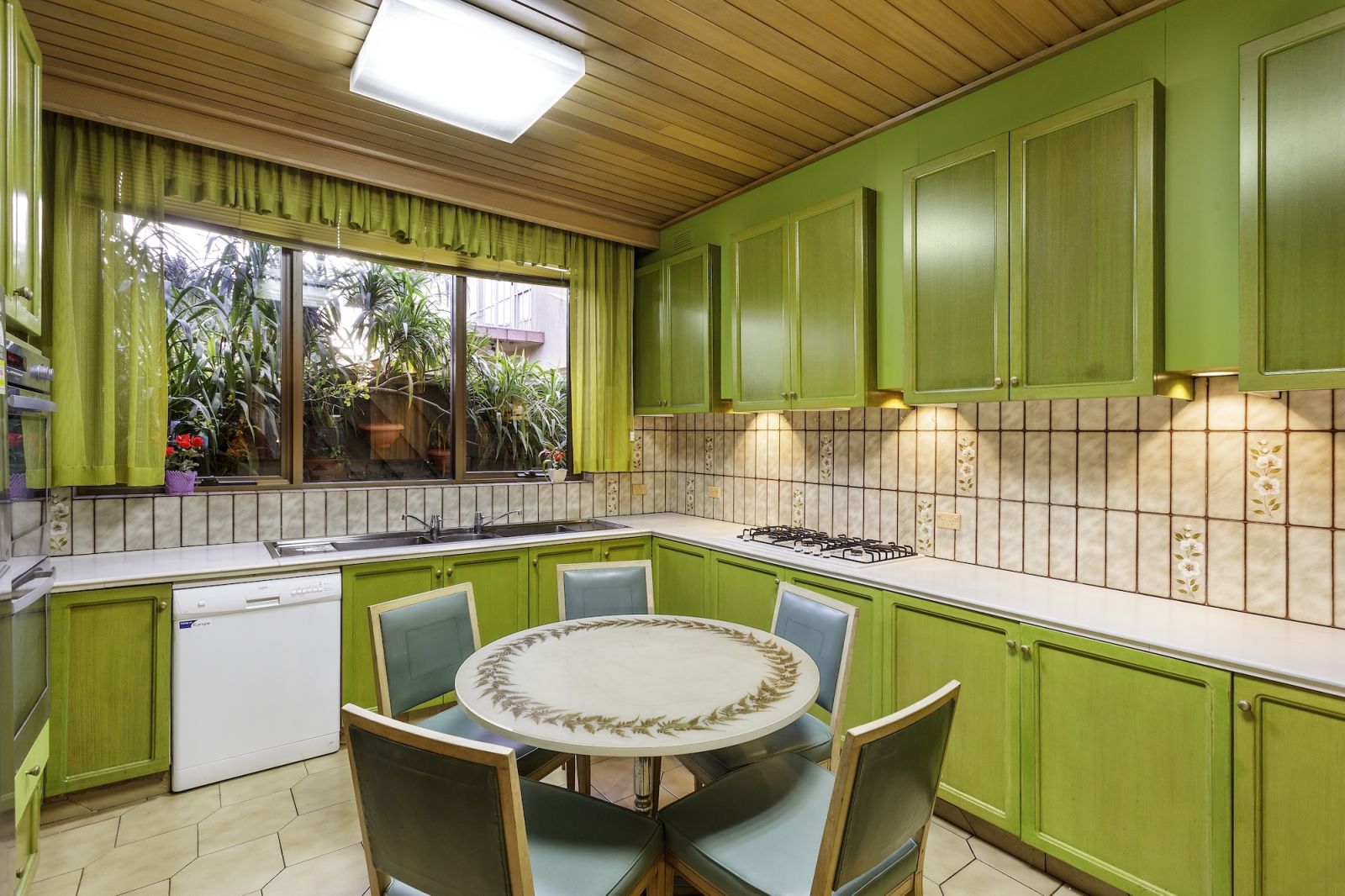
A timeless relevance
While trends come and go, Ernest Fooks’ designs endure. His homes have aged gracefully and meaningfully.
‘I find it amazing that architecture from the 60s can still fit perfectly into life in the 2020s,’ Phillip says. ‘Sure, you might tweak kitchens or bathrooms. But his homes sit beautifully on the land. Ernest was a pioneer.’
Demand for mid-century homes is only growing. And that’s driven by their provenance, practicality and quiet beauty. So, for Phillip, there’s no doubt about Fooks’ place in architectural history.
‘He was so far ahead of his time,’ Phillip concludes. ‘It’s artistry that’s lasted generations. Great architecture doesn’t just frame life – it enhances it.’
And that’s what makes it timeless.
.jpg)
